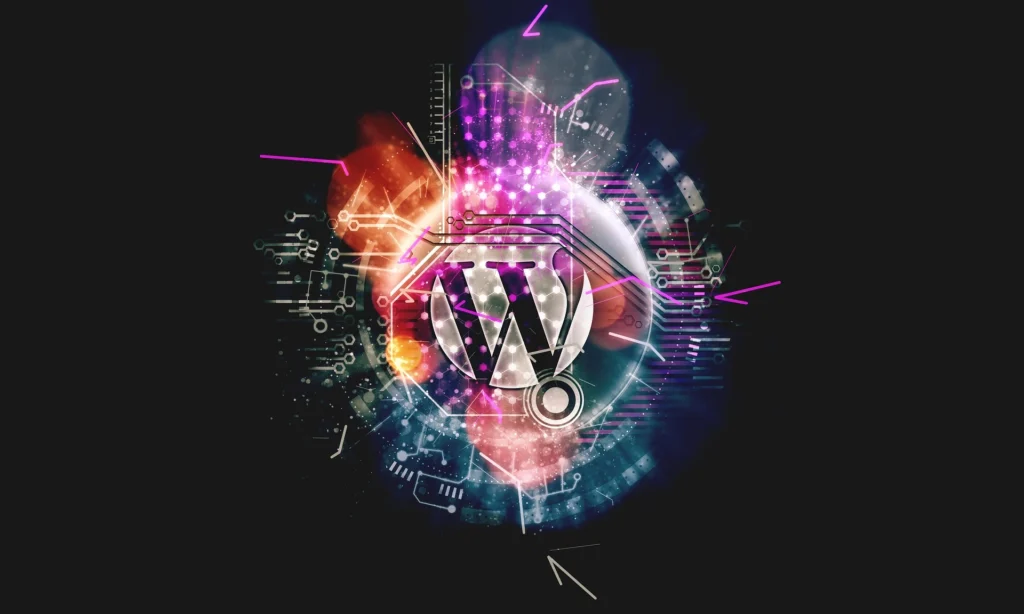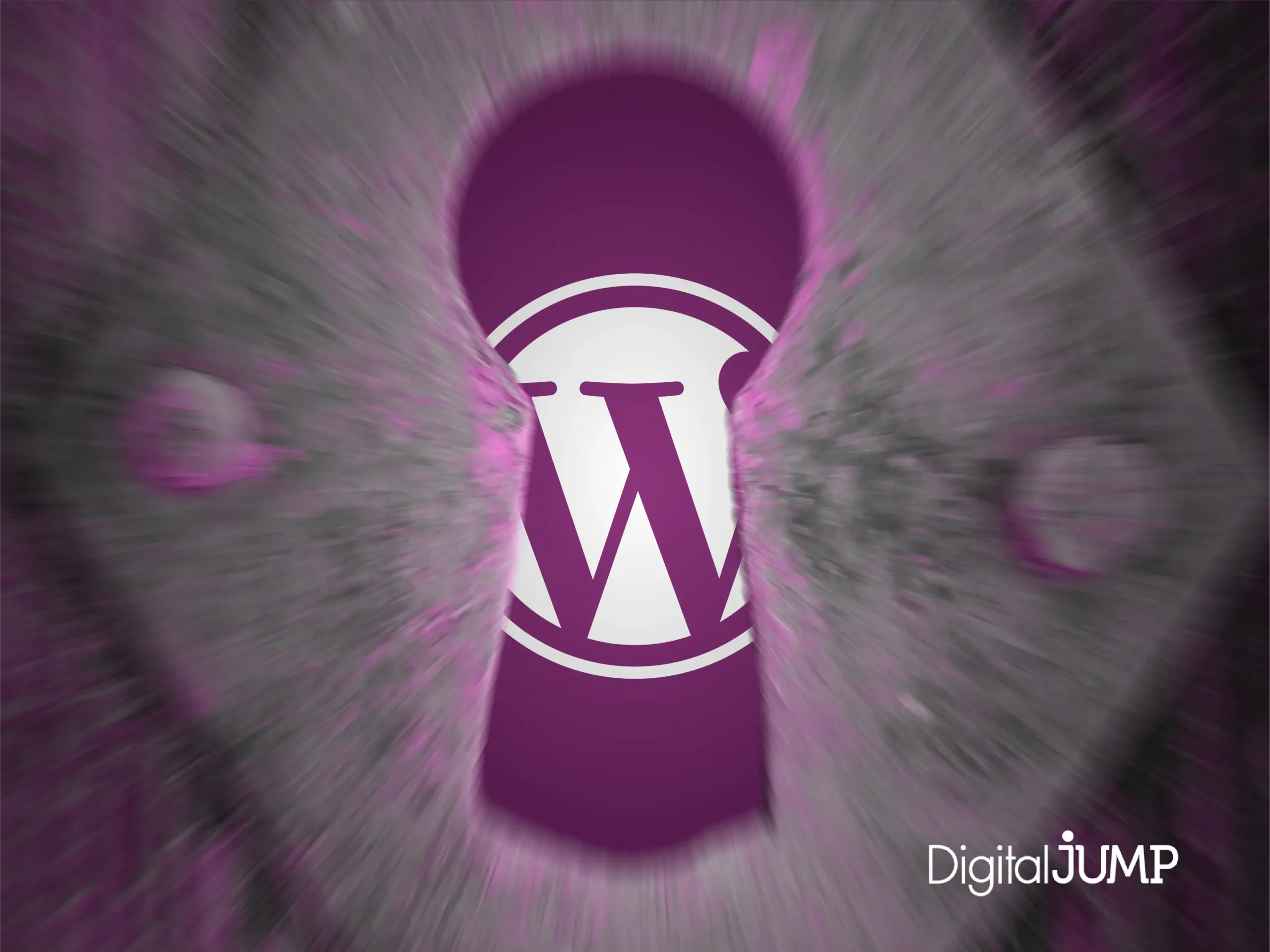WordPress is one of the most popular platforms for creating and managing websites, blogs and online stores. But, what is its structure like? In this article, we are going to explore the main components that make WordPress work and provide an optimal user experience.
WordPress is based on four fundamental elements: the source code, the database, the web server and the browser. Let’s look at each of them in more detail.

Source code:
Source code is the set of files that contain the instructions, functions, and layouts that define the behavior and appearance of WordPress. It is written mainly in PHP, a programming language widely used in web development. The source code can be downloaded from the official WordPress site or from the GitHub or Git repositories.
Git repository: git://develop.git.wordpress.org/ Github repository: https://github.com/WordPress/wordpress-develop Wordpress official page: https://wordpress.org/
Database:
It is the place where all WordPress information is stored, such as content, settings, users, comments, etc. It communicates with the source code to display the appropriate information at all times. WordPress uses MySQL by default, a very popular and efficient relational database management system. Like much of the information that is stored in all its tables, they have relationships with each other and are in contact to obtain results from different queries, constituting a type of relational database.
The server:
It is responsible for receiving browser requests and sending the appropriate responses. Runs the WordPress source code and accesses the database to generate the web pages displayed to the user. The most used is Apache, although others such as Nginx or IIS can also be used.
The client or web browser:
It is the program that the user uses to access the WordPress website. It interprets the HTML, CSS and JavaScript code it receives from the web server and displays it on the screen. The browser or also called “client” allows the user to interact with the website, clicking on links, filling out forms, etc.
These four elements make up the basic architecture of WordPress, but there are many other components that add functionality and customization to the platform. Some of these components are:

- Themes:
They are the files that determine the design and style of the website. They can be installed from the WordPress admin panel or manually downloaded and uploaded to the wp-content/themes directory. - Plugins:
They add additional features and functionality to the website. - Updates:
They are new versions of the WordPress source code that incorporate improvements, corrections and new features. - Widgets:
Small blocks of content that can be placed in different areas of the website, such as sidebars or footers. - Shortcodes:
They can be inserted into the WordPress editor to display dynamic elements on the website, such as galleries, forms or buttons. They are created using plugins or code.
In short, it is an ideal tool to create and manage professional websites in an agile way and at Digital Jump we work using this platform, always keeping up to date with all the news to provide our clients with new ways to grow their business. If you are interested in starting down this path and taking the digital leap, contact us for more information.


